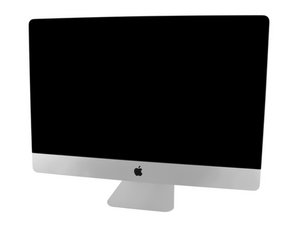While Apple doesn’t use the best TIM, its life span is around four years.
While the effectiveness of the heat transfer is important, we tend to get too stuck up on this little detail forgetting the bigger one DUST & DEBRIS! Both clog up the fan blades and the transfer fins so the heat sink is not effective in shedding the heat it has amassed. Let’s use a model to see why cleaning the dust and debris is the more important action.
I have three buckets and the first two have a hole in them and are stacked on top of the one that doesn’t. So now we pour water into the top bucket and the amount of water I pour is likewise exiting to the next bucket as well as the next.
Now lets clog the top buckets hole over time the bucket will overflow over the lip of the bucket making a mess! This would be the effect of the TIM failing. Now what happens if the second bucket is clogged this would be the effect of the fan and heatsink failing.
Now lets change the buckets to closed tanks with solid piping which is closer to what we have as the failure of the second container will allow the water (heat) to backup to the upper container! This is why people think the TIM has failed when in truth its the junk collecting internally blocking the effectiveness of the cooling system.
So unless you are a serious music, photo or video producer pressing your system hard or a heavy gamer I wouldn’t worry about the TIM yet maybe next year. I would focus on cleaning the dust and debris!
To help you see things install a good thermal monitoring app like TG Pro I find this app to be one of the best!
Cette réponse est-elle utile ?
A voté
Annuler
Indice
2
Annuler
Faites défiler ce fil pour trouver l'endroit approprié pour y placer ce commentaire. Cliquez ensuite sur « Ajouter un commentaire à cette contribution » pour le déplacer.


 1
1 
 338
338  973
973 
